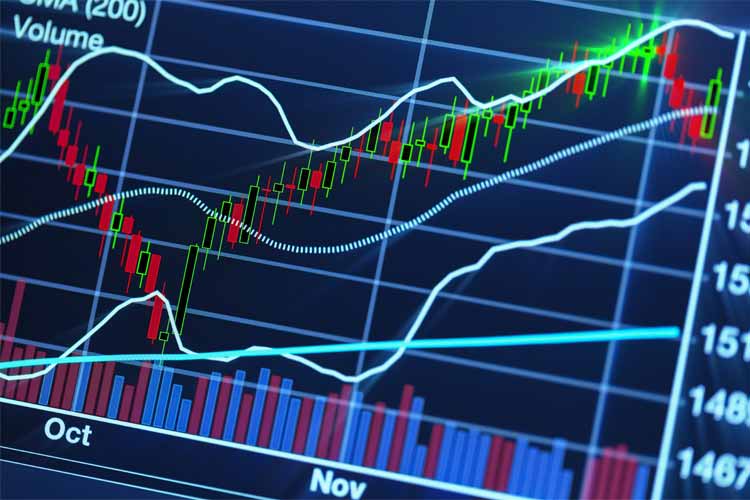
The Dow and S&P 500 Index (SPX) have both gone 70 days without a loss of 1% or more
Stocks jolted higher after the early November U.S. presidential election. Between Nov. 9 and Dec. 13 -- the day before the Fed raised interest rates -- the Dow surged 8.6%, while the S&P 500 Index (SPX) rallied 6.2%. Though the major benchmarks have seemingly stalled out since the mid-December Federal Open Market Committee (FOMC) meeting, they are still lingering near record highs. What's more, both the Dow and the S&P have gone 70 straight trading days without a loss of 1% or more, according to Schaeffer's Senior Quantitative Analyst Rocky White, a signal that has historically resulted in short-term struggles for both the Dow and S&P.
The last time both the Dow and SPX suffered a loss of 1% or greater was on Oct. 11, 2016, when the Dow lost 1.1% and the SPX lost 1.2%. For the Dow, this is the longest streak since 2012, and for the SPX, it's the longest streak since 2006. In the 20 other times the Dow has gone this long without a daily loss of 1% or more since 1944, the one-week post-signal performance is promising -- with the Dow averaging a gain of 0.4% and a 70% "percent positive," versus an anytime return of 0.2% and 56.1% percent positive. Looking out at the one- and three-month time frames, though, the Dow has historically underperformed after this signal.

The S&P returns, meanwhile, are pretty uneventful. Similar to the Dow, the SPX has turned in a one-week post-signal outperformance -- going back to 1945 -- averaging a gain of 0.4% compared to an anytime return of 0.2%, and is positive 65.2% of the time versus 56.5%. And while the one-month mark shows a post-signal underperformance, the three-month returns are in line with the S&P 500's anytime gains.

Let us help you profit from market volatility. Target big gains in short order with a 30-day trial of Schaeffer's Weekly Volatility Trader!